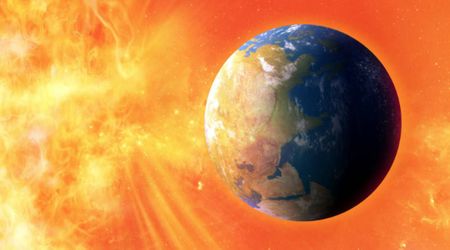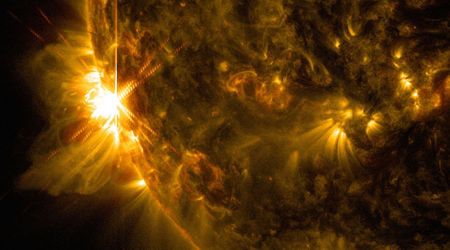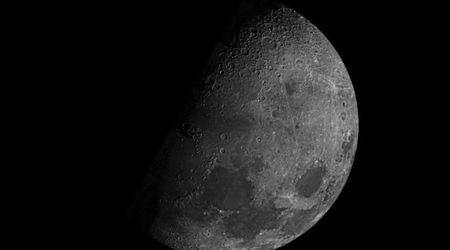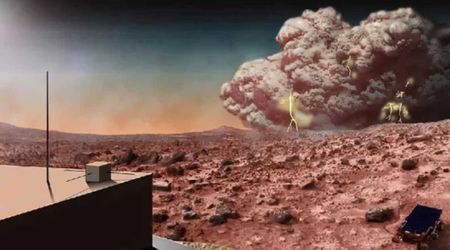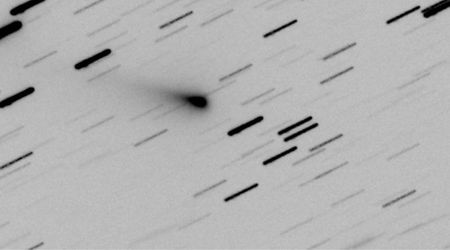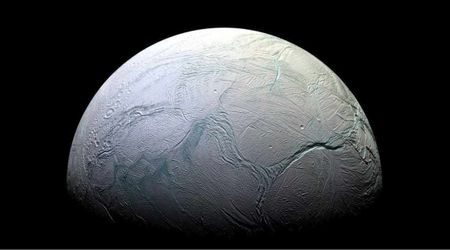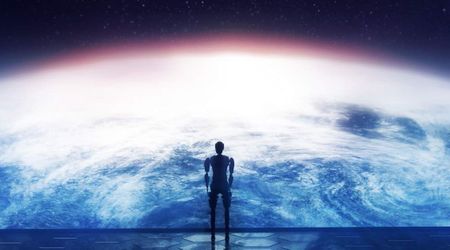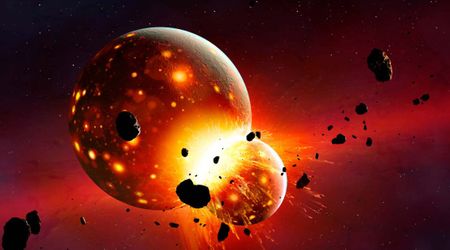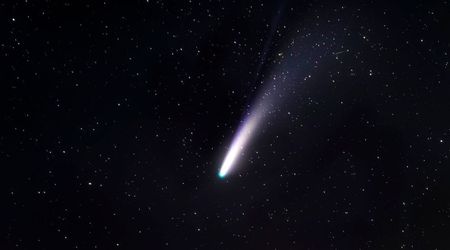NASA and Roscosmos chart ISS retirement plan—what part will SpaceX play in the final descent

The Joint Commission of NASA’s International Space Station (ISS) Advisory Committee and Roscosmos’s Advisory Expert Council met at NASA’s Johnson Space Center to discuss the ISS retirement. The committee plans on carefully deorbiting the Space Station as it reaches an undeniable end, according to Space Policy Online.com. The process will begin with gradually lowering the orbit over two and a half years. The primary and backup deorbit capabilities must be ensured before the deorbit is engaged, and the ISS will be put in the Pacific Ocean by 2030.

The committee is also adamant on ensuring that there is no gap between the deorbit and the ISS replacement. This is crucial for the important research taking place to support human missions to the Moon and Mars. They plan to use a U.S. Deorbit Vehicle, or USDV, to deorbit the ISS to a remote area of the Pacific Ocean, avoiding any collateral damage. A secondary deorbit capability is expected to be ready as a precaution for the USDV. The task of building the USDV was assigned to SpaceX, and Elon Musk is reportedly doing it under a $843 million contract with NASA.

The decision is up to the President, but my recommendation is as soon as possible.
— Elon Musk (@elonmusk) February 20, 2025
I recommend 2 years from now.
A statement that reviews the findings and recommendations was made by NASA committee chairman Bob Cabana, a former astronaut, former Director of Kennedy Space Center, and former NASA Associate Administrator. He made no mention of Musk and his initiative that the ISS should be deorbited in the next two years, instead of 2030. The “integrated deorbit decision timeline” of NASA and Roscosmos will be unsafe if aligned with Musk’s thoughts. The timeline looks into safety milestones, hardware readiness, and the availability of critical capabilities.

The current discussion of a de-orbit stems from the persistent air leaks, first detected in 2019 in a docking port. The root cause of the problem remains unidentified, and independent experts will be coming in to assess the situation. The advice given was to close the hatch between the Russian and U.S. segments whenever it was opened to that docking port. The leaks are an ongoing matter of concern for the inhabitants of the ISS and add to the uncertainty of continued contracts onboard. Russia is committed to operating the ISS till 2028, but NASA hopes for an extension to 2030, under safe circumstances.

Two Russian Progress cargo vehicles and the Russian segment are planned to dispose of the ISS. The tanks of the Zvezda Service Module and Zarya Functional Cargo Block (FGB) should be filled in time for the USDV arrival. The committee wants to make sure that space stations are in place before the ISS is de-orbited. Cabana highlighted the “critical” research being conducted for future human space missions. This also included an analysis of microbiological growth on the exterior surface of the space station, which was likely caused by small parts of the atmosphere.
“These microorganisms seem to be genetically identical to terrestrial organisms,” and “It’s surprising” they exist. The Joint Commission plans to push research on the ISS to ensure proper procedures are in place before goodbye. Cabana concluded, “It is critical to continue the uninterrupted joint international scientific and engineering work, having a continuous human presence with no gap for human laboratories in low Earth orbit to enable success of future human missions to low Earth orbit, the Moon and Mars.”
